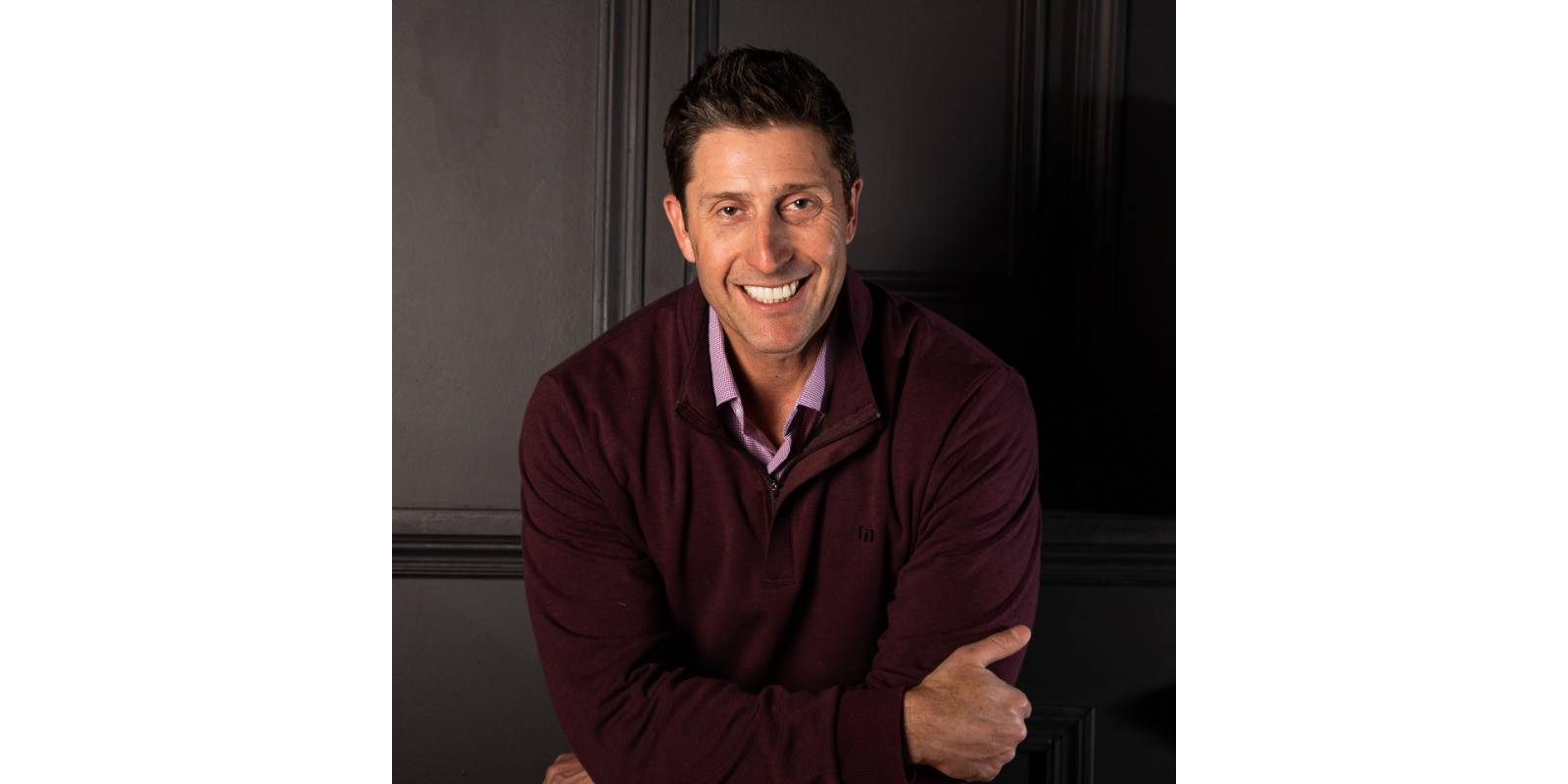 Selling high-value deals in the B2B world today involves engaging with a buying committee rather than an individual. This committee often consists of a wide variety of roles, possibly including an executive sponsor, upper/middle management decision makers, department heads, practitioners and representatives from procurement, legal, IT and security. As you might imagine, one of the key challenges of selling in such a landscape is gaining alignment across such a diverse group.
Selling high-value deals in the B2B world today involves engaging with a buying committee rather than an individual. This committee often consists of a wide variety of roles, possibly including an executive sponsor, upper/middle management decision makers, department heads, practitioners and representatives from procurement, legal, IT and security. As you might imagine, one of the key challenges of selling in such a landscape is gaining alignment across such a diverse group.
Even so, as the seller, it’s crucial to become the driving force that unites these stakeholders, fostering alignment, agreement and action to successfully close the deal. When this is your goal, there’s one key tool you can use to achieve this: A well-crafted business case that provides a shared vision and a common goal. Here’s what you need to know to develop one that helps you gain alignment across even the most diverse buying committees.
Understand Each Stakeholder’s Perspective
Before you begin to develop your plan, take a moment to remember that the people you are ultimately selling to are exactly that: People. Even though there are many of them in each buying committee, they’re each human beings with their own wants, needs and desires within their organization.
In addition to that, it’s important to note that every role within the buying committee has a unique influence on the decision-making process. When you know what that is, you’ll be better positioned to understand what matters to them and how to communicate value to them. For example, the CEO (who might be the executive sponsor) is most likely highly invested in organizational growth and any tactics that can drive it.
One of the best ways to begin gathering what each stakeholder cares about is to identify who the champion of the committee is. They can be found at any level, but they’re often a mid-level manager, department head or practitioner. They’re your champion because there is something for them to gain by implementing your solution, whether that’s recognition, a promotion, a raise, a resume builder or something else.
Since they’re a strong advocate for your solution, they can help you navigate the ins and outs of the rest of the committee. If you know who the champion is, and more about their motivations, you can share how your solution will align with their goals and help them achieve them.
Engage The Executive Sponsor
The executive sponsor is the key decision maker of a buying group and provides the final blessing for the solution. Executive sponsorship is typically the CEO, CFO and or the board. These folks (except for the CFO) are intrigued by the art of the possible and tapping into growth levers. As with any of the members of the buying committee, you’ll have a much better chance of gaining alignment if you take the time to discover the executive’s personal and business drivers, and then tailor the business case accordingly.
If you’re not sure how to do this, start with the champion and/or other buying group members who you know. Oftentimes, they will be able to share insights about the executive team’s priorities and growth levers with you. Just remember that this is an important person to get to know. Without executive sponsorship, the decision-making process will often lack support, guidance and, ultimately, approval.
One of the keys to engaging with executive sponsors is to deploy your own executive team. It’s lonely at the top and executives seek counsel from their peers in other organizations. Identifying key executives on your prospective account’s team and aligning them with a similar exec from your company early and often will help you overcome major hurdles later in a deal. Use LinkedIn to find direct or common connections to help usher your executive into a meeting with your executive sponsor. Making this play early in a deal when you are not trying to close is critical. It’s typically too late to deploy this move at closing time because there is no trust built.
Overcoming Blockers
In every buying committee, there’s usually a blocker, too. This person tends to be a stakeholder in either procurement, legal or security, concerned with rules, regulations, budgets and details. Since their primary responsibility is to assess potential threats and safeguard the business, they often pose challenges and create barriers during the sales cycle.
While the business case you’re developing may not directly impact these stakeholders, it can still serve as a valuable tool during negotiations. A validated business case, supported by the executive sponsor, decision maker and champion, can help leverage their influence in negotiations and align their interests with the solution.
Final Thoughts
Successfully gaining alignment across a diverse buying committee is crucial for selling high-value deals. By understanding each stakeholder’s perspective, leveraging a champion, engaging the executive sponsor and addressing potential blockers, a well-crafted business case can be the driving force that unites the committee toward a common objective.
The business case should highlight how the solution meets the needs of each stakeholder and the broader business goals. As negotiations progress, the business case becomes a valuable resource for aligning with groups like procurement, legal, IT and security. By effectively gaining alignment, sellers increase the likelihood of closing deals and fostering successful partnerships.
Josh Wagner is Co-founder and Partner of In Revenue Capital, a venture capital firm.







